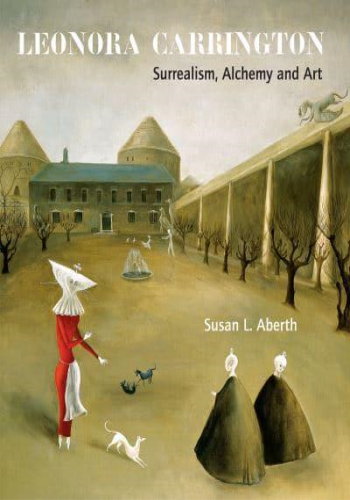This book remains the definitive survey of the life and work of Surrealist artist Leonora Carrington (1917-2011).
Carrington burst onto the Surrealist scene in 1936, when, as a precocious nineteen-year-old debutante, she escaped the stultifying demands of her wealthy English family by running away to Paris with her lover Max Ernst. She was immediately championed by Andre Breton, who responded enthusiastically to her fantastical, dark and satirical writing style and her interest in fairy tales and the occult. Her stories were included in Surrealist publications, and her paintings in the Surrealists' exhibitions.
After the dramas and tragic separations of the Second World War, Carrington ended up in the 1940s as part of the circle of Surrealist European emigres living in Mexico City. Close friends with Luis Bunuel, Benjamin Peret, Octavio Paz and a host of both expatriate Surrealists and Mexican modernists, Carrington was at the centre of Mexican cultural life, while still maintaining her European connections.
Leonora Carrington: Surrealism, Alchemy and Art provides a fascinating overview of this intriguing artist's rich body of work. The author considers Carrington's preoccupation with alchemy and the occult, and explores the influence of indigenous Mexican culture and beliefs on her production.







